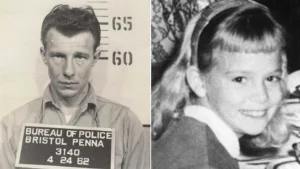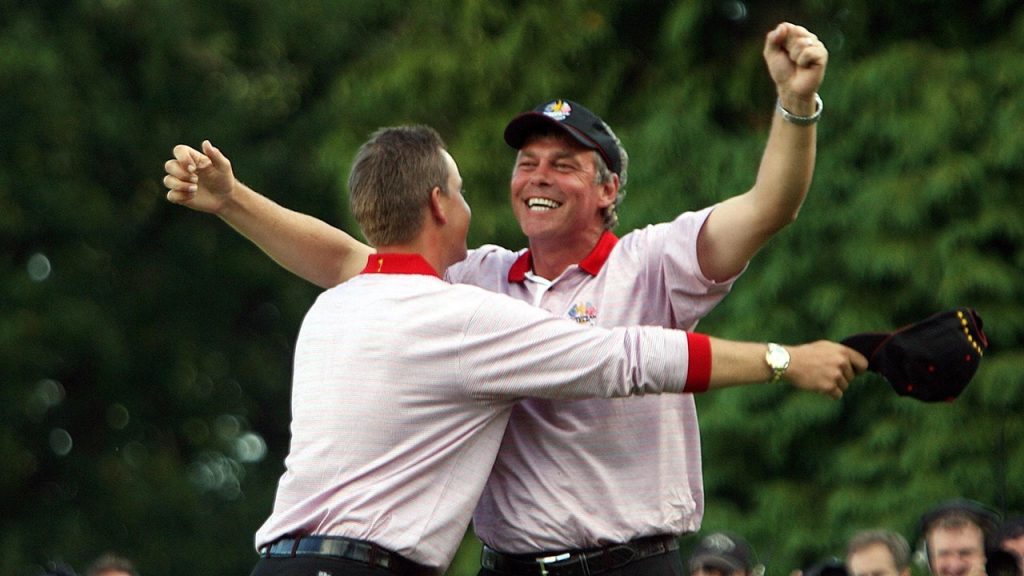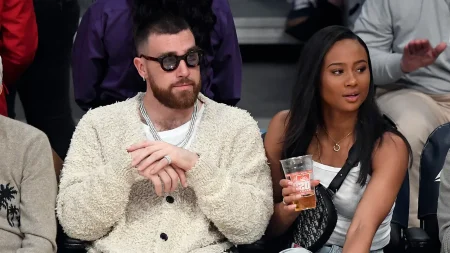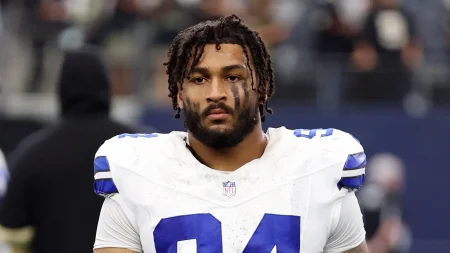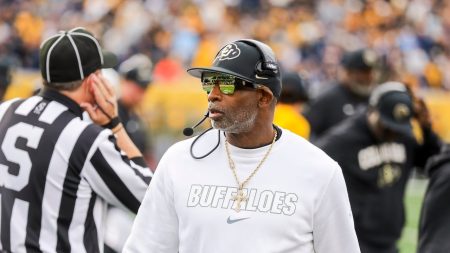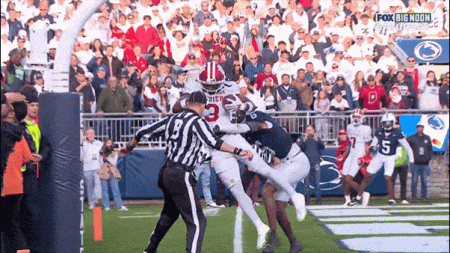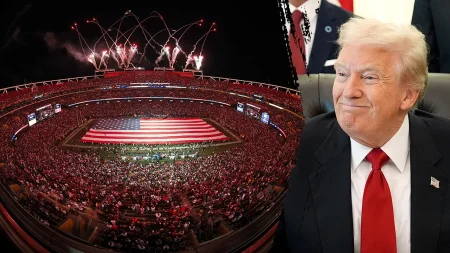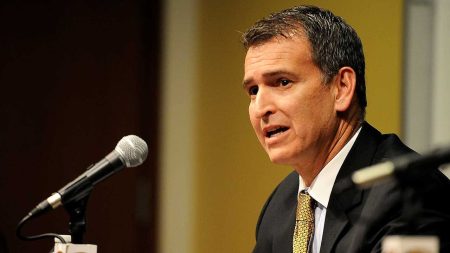The Heartwarming Soul of the Ryder Cup: Where Competition Meets Compassion
The Ryder Cup, one of golf’s most intense team competitions, has produced countless moments of fierce rivalry over its nearly century-long history. Yet beneath the competitive fire lies something equally powerful: moments of raw emotion, genuine sportsmanship, and human connection that transcend the sport itself. These are the instances that reveal the true spirit of golf, when players set aside individual glory and national pride to acknowledge something greater. Perhaps no better example exists than Rory McIlroy’s emotional transformation. Once dismissing the Ryder Cup as merely “an exhibition” in 2009, McIlroy found himself fighting back tears after Team Europe’s 2021 defeat at Whistling Straits. His voice breaking, he confessed, “The more and more I play in this event, I realize that it’s the best event in golf, bar none.” This wasn’t disappointment over personal achievement – it was deeper. “I’ve never really cried or got emotional over what I’ve done as an individual. I couldn’t give a s—, but this team and what it feels like… it’s phenomenal.” His transformation from skeptic to passionate believer illustrates how the Ryder Cup has a unique ability to touch even the most accomplished players in ways individual tournaments rarely do.
Some of the Cup’s most poignant moments emerge when golf becomes intertwined with life’s profound challenges and losses. In 2006, Darren Clarke stepped onto Ireland’s K Club course just six weeks after his wife’s death. The weight of grief visible in his every step, Clarke was embraced by the home crowd with overwhelming support that carried him through an emotional week. He won all three of his matches, including a singles victory against Zach Johnson that culminated in immediate tears and heartfelt embraces even from opposing Team USA members. Similarly, the 2012 Ryder Cup at Medinah marked the first competition since the passing of European golf legend Seve Ballesteros, who had died at 54 from brain cancer. Facing a daunting 10-6 deficit entering Sunday singles play, Team Europe wore navy blue – Seve’s signature color – seeking inspiration from their fallen comrade. What followed was nothing short of miraculous as Europe staged an incredible comeback, going 8-3-1 in singles matches to win 14.5-13.5. When Martin Kaymer sank the cup-clinching putt, Team Europe captain José María Olazábal, Seve’s fellow Spaniard, could barely speak through his tears, simply stating, “This one is for him” while covering his face with his hat.
Perhaps no moment better exemplifies the spirit of the Ryder Cup than Jack Nicklaus’s gesture toward Tony Jacklin at Royal Birkdale in 1969. With the United States having secured enough points to retain the cup, Jacklin faced a pressure-filled three-foot putt on the 18th hole that would either result in a tied competition or an outright American victory. In a move that stunned spectators and reportedly angered his own captain Sam Snead, Nicklaus simply picked up Jacklin’s ball marker, conceding the putt and ensuring the overall competition would end in a tie. His words to Jacklin became legendary: “I don’t think you would have missed it, but I wasn’t going to give you the chance, either.” This singular act of sportsmanship has become so iconic that beginning in 2021, the Nicklaus-Jacklin Award is presented to members of each team who best exemplify the spirit of sportsmanship during the competition. The two rivals even went on to design The Concession Golf Club together in Sarasota, a living monument to that moment of mutual respect.
Even in the heat of intense competition, the Ryder Cup sometimes produces moments where rivals acknowledge the magic they’re creating together. At Hazeltine in 2016, Patrick Reed and Rory McIlroy found themselves locked in one of the most electrifying singles matches in Cup history. The intensity reached its peak at the par-three eighth hole, where McIlroy, after draining an improbable 45-foot putt, erupted with emotion, screaming toward the American crowd, “I can’t hear you!” In response, Reed coolly sank his own 15-footer and wagged his finger Dikembe Mutombo-style toward McIlroy. What happened next captured the essence of the competition: despite the intensity, both men couldn’t help but smile, fist-bump, and pat each other on the back – a spontaneous acknowledgment that they were creating something special together. This wasn’t just about winning; it was about respecting the magnificent theater they were producing for golf fans worldwide.
The Ryder Cup also has a remarkable ability to bridge long-standing rivalries and create unexpected bonds. Seve Ballesteros and Nick Faldo represented two contrasting styles and personalities in European golf. Their rivalry was intense and sometimes prickly, fueled by different approaches to the game and competing ambitions. Yet when Faldo sank the Cup-clinching putt in 1995, one of the first to embrace him with visible emotion was Ballesteros. Years later, after Seve’s passing, Faldo would credit his former rival with transforming the Ryder Cup into the celebrated event it has become. This evolution from competitors to comrades illustrates how team competition can forge connections that transcend individual rivalries, creating a shared legacy that enriches the sport’s history and tradition.
What makes these Ryder Cup moments so compelling is their authenticity. In an era of carefully managed public personas, these unscripted displays of emotion—whether tears of joy, gestures of sportsmanship, or moments of mutual respect between rivals—reveal the human essence behind the professional facades. The competition strips away pretense and exposes what matters most: the connections we make, the respect we show, and the memories we create together. As the Ryder Cup approaches its centennial, these moments remind us that while the scores will fade from memory, the human stories endure. They teach us that even in fierce competition, there remains room for compassion, respect, and genuine emotion. In the end, perhaps that’s the Ryder Cup’s greatest contribution to golf: showing that competition at its best doesn’t diminish our humanity—it elevates it.

